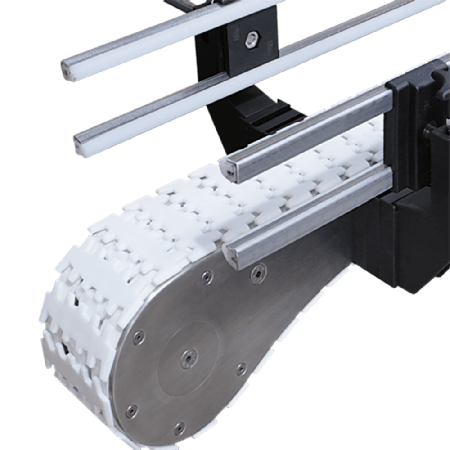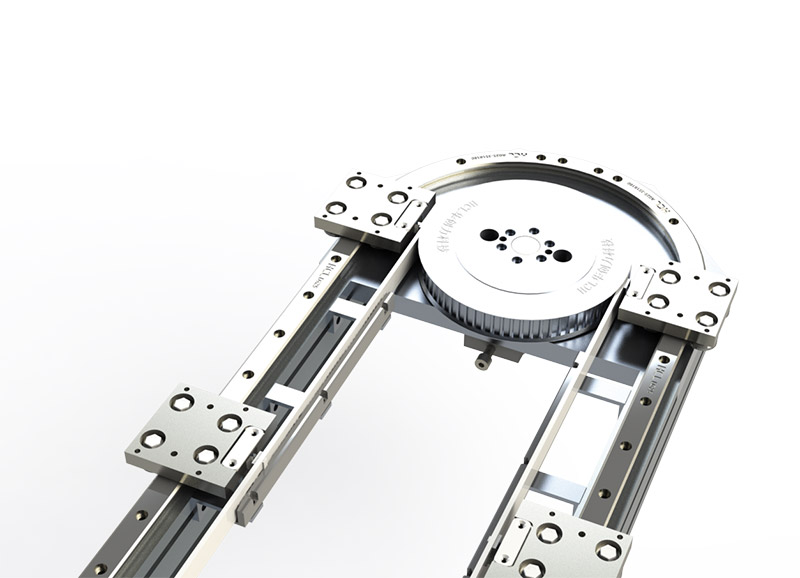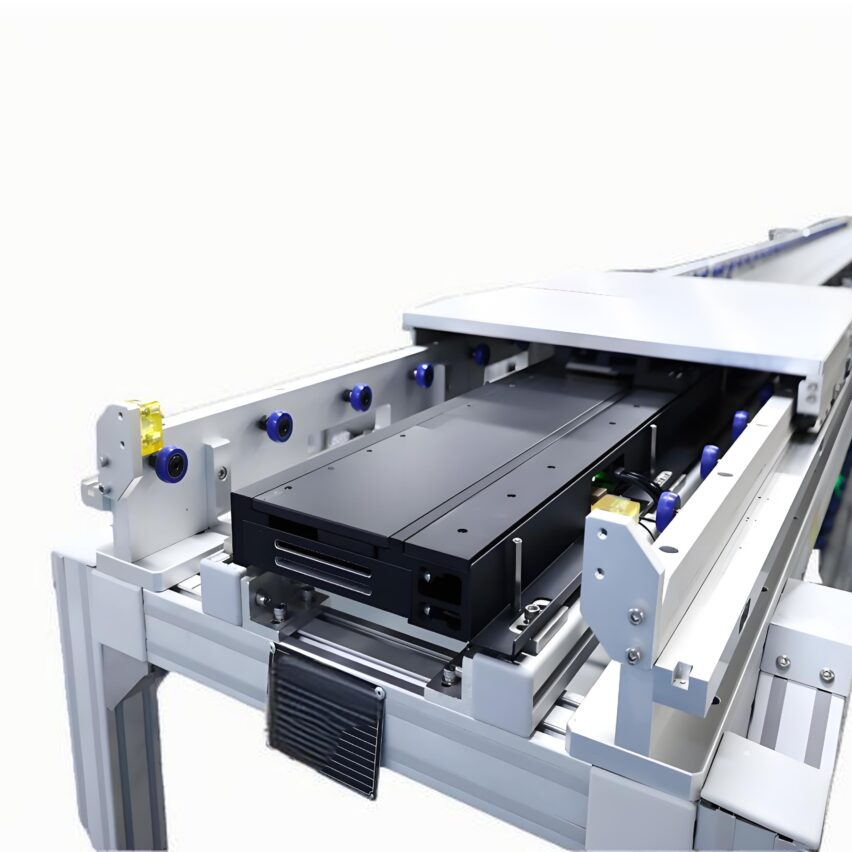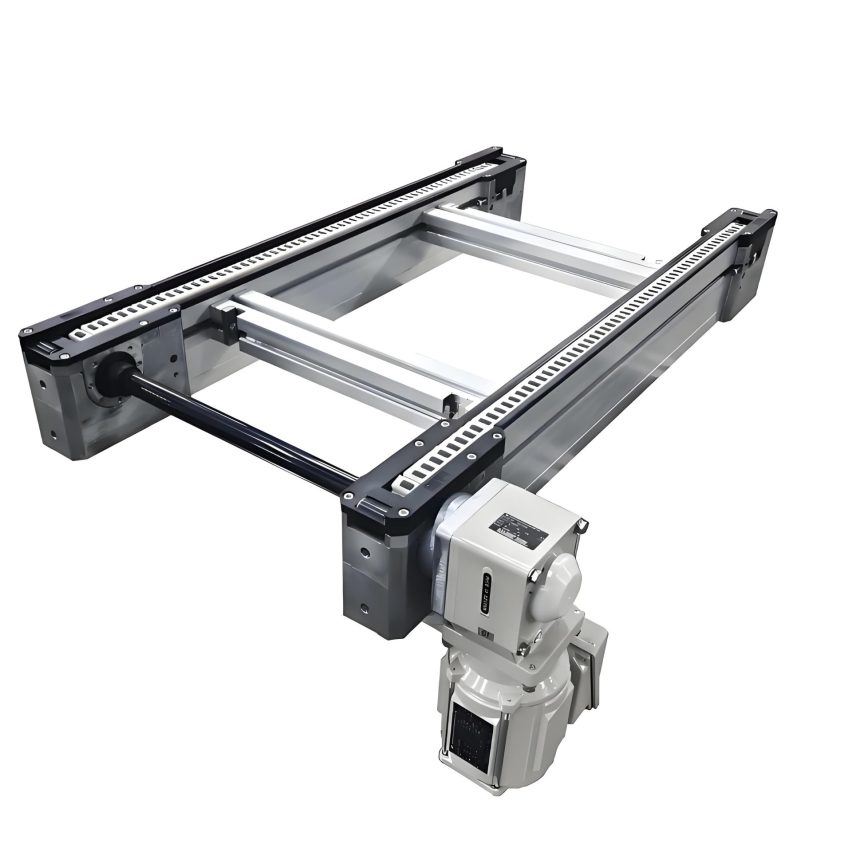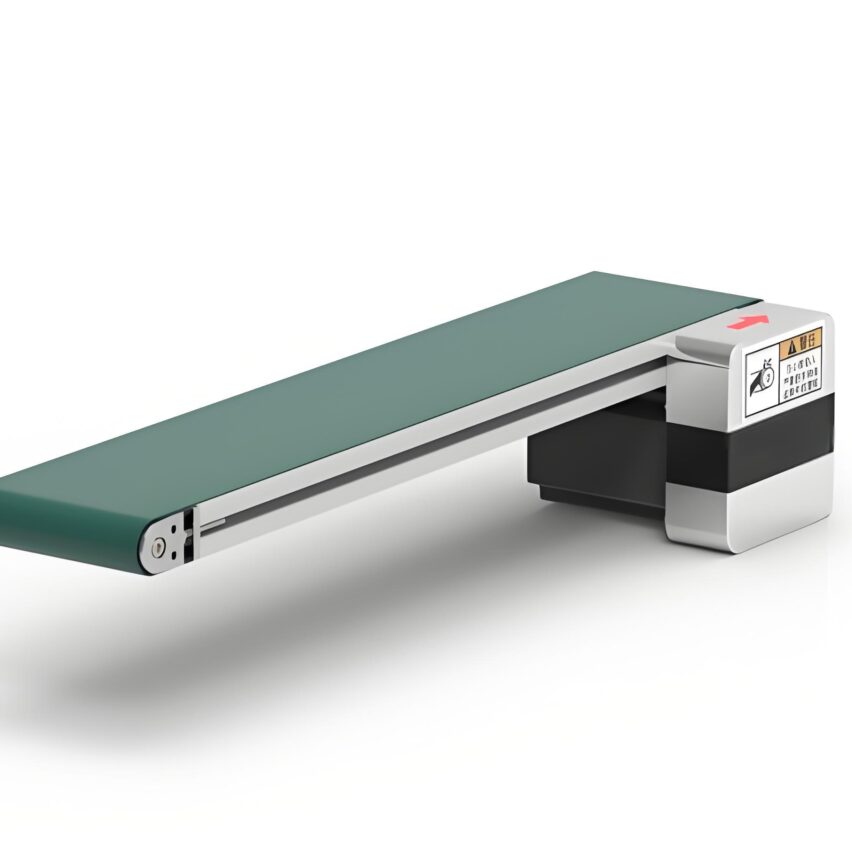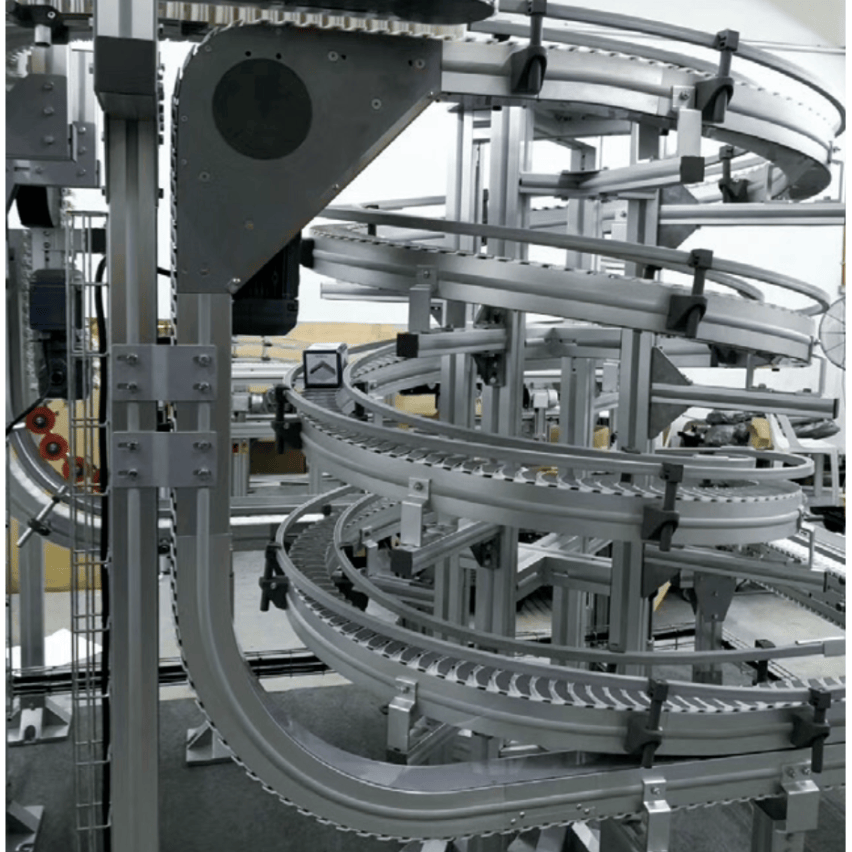哎呀,你说现在工厂里那些自己会跑的传送带,到底是靠什么在干活?皮带?滚筒?还是那一节节的铁链板?今天咱就掰开揉碎了聊聊,这三种Fully automatic conveying line到底谁更牛!

🔍First, the first whole understand: conveyor line in the end in the busy work what?
To put it bluntly, it is a substitute for people moving bricks! From point A to move the goods to point B, in the middle of the robotic box, scanning code, sorting. The key indicators are three.Run fast, carry heavy, don't break down.. So how did these three players do? Let's take a look 👇.
🎢Second, the belt conveyor line: light on the "little smart"
Imagine a conveyor belt at a supermarket checkout - yes, that rubber belt! It runs on a motor tugging on the belt, and the goods lie directly on the belt as it slithers along.
Advantage look here.
- cheap and large bowl: Simple structure, install a motor and belt can run, low maintenance costs
- Quiet as a chicken.Noise is half that of a drum. Food factories and electronic workshops love it.
- van for carrying light goods: It's a solid way to transport a carton or small parts, but over 250kg? Forget it. Don't give it a hard time.
The same has to be said for short boards.
- Heavy goods tend to slip when pressed, like moving bricks? It's a direct break!
- If you use it for a long time in a wet environment, the belt will crack in minutes.
- You'll have to add an auxiliary roller to make the turn, or the cargo will fly away from you.
📌give me a chestnutBeverage factories use belt lines for their filling lines, why? The bottles are light! Thousands of bottles swish by every hour without clunking.
🧱Third, the roller conveyor line: moving bricks in the world of "Hercules"
Have you ever seen the kind of assembly line made up of rollers in a logistics warehouse? The goods are put on it, and when the rollers turn, they roll forward.
What's strong about this guy.
- king of tonnage: A single drum can carry 30kg, a whole line put together to carry 4 tonnes? It's no big deal!
- hardcore and durableRoller made of steel tubes, not even deformed by forklift trucks.
- Any combination.Straights, corners, hills, just put them together like building blocks and they work!
The downsides are pretty real too.
- Roller clunks when idling, use with caution in a quiet workshop.
- Don't go on small items! Like screws? They'll be stuck in the cracks in no time.
- When the motor stops, it stops right away. Want to cushion it? You'll have to pay extra for brakes.
📌real life scenarioEngine production lines in car factories are all roller lines. Iron is heavy! An engine weighs hundreds of kilograms, and the belt can't hold it.
⛓️Fourth, the chain plate conveying line: assembly line on the "armoured car".
Look at the clunking chainplates at the cannery - pieces of metal put together into tracks with cargo on them to haul it straight away.
Hardcore strength here.
- Extra-long standby timeStainless steel chain plate with ten years without rust, soy sauce and vinegar casually splash!
- The King of Heavy Duty: A car chassis dislikes directly upwards! Carrying 2 tonnes on a single line without a breath
- Not afraid of high temperatures.: The baking line is running at 150°C as usual, and the belts are burnt out.
There are also points of discouragement.
- Expensive! One tops the price of three belt lines
- The noise is like a tractor. The workshop needs earplugs.
- The load must be aligned, if it's crooked, it's easy to jam the chain seam.
📌The truth about the industryWhy are chain plates used in appliance assembly lines? Washing machine housings have sharp edges! Roller lines with abraded surfaces and chain plates with direct metal hardening.
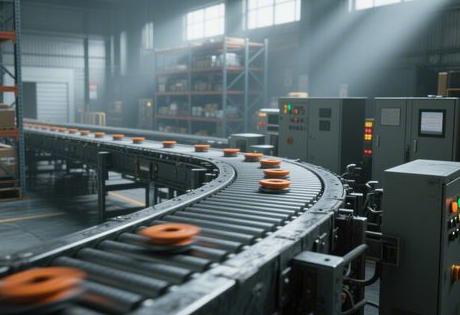
🆚V. Ultimate PK: Who is the king of efficiency?
Compare speed? Actually, all three can adjust the inverter to accelerate!The core gap is in the application scenario👇
typology optimum load Scenario Efficiency shortcomings leather belt line <250kg Food packaging, courier sorting Fear of heavy loads and slippery conditions platen 500 kg ~ 4 tonnes Warehouse pallets, automotive parts Small parts are easy to jam and noisy sprocket line 1 tonne ~ tens of tonnes Heavy machinery, high temperature workshop Expensive! And noisy. 🔧Maintenance cost rankingBelt line <Roller line<Chain plate line (Welding repair requires fire)
💡Personal opinion: don't just look at the numbers! You have to look at your own needs.
Dry ten years of automation, seen too many factories follow the wind to buy equipment overturned! To be honest:
- if it is transportedLightweight cardboard boxes/plastic bags, close your eyes and pick a belt line! Cheap enough to laugh out loud
- Pallet racking in and out? Roller lines save the day, forklift trucks dislike them at will
- If the workshopHigh temperature with corrosion(e.g. electroplating plant), the chain plate line is expensive as well! Changing belts is more expensive
Remember, my friend.There is no "best" equipment, only the "most suitable" choice. Next time before purchasing, take the sample test run for three days, than listening to sales bragging a hundred times stronger!
Choosing equipment is like choosing shoes, fitting is the king. The belt is as light and fast as running shoes, the roller is as stable as work boots, the chain plate is as hardcore as mountaineering boots - which one is more efficient? Depends on what kind of road you take!




